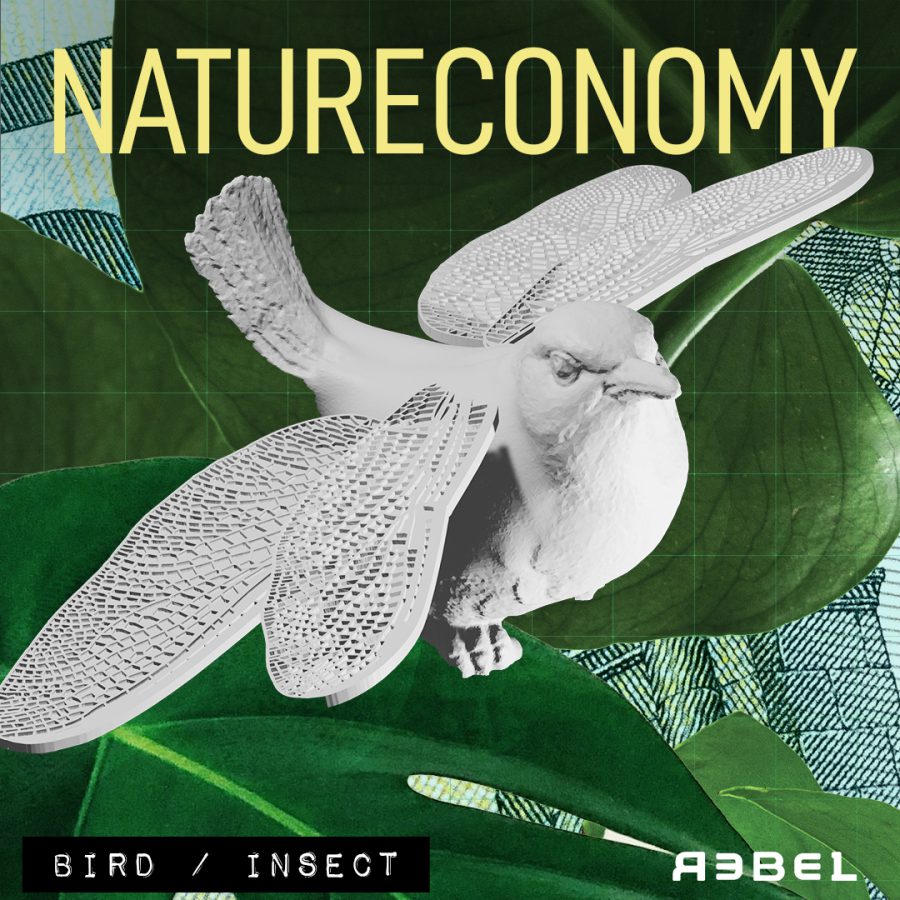GREAT TIT/BEE


The Great Tit
Indicative value: €18 billion
The small great tit can be found in large numbers in the Netherlands. They eat caterpillars, small insects, nuts and seeds. This means it’s very important to maintain caterpillar populations. And that is not without significant reasons. Disturbed ecosystems have led to pests of caterpillars that eat crops. The great tit could rebalance those ecosystems
and thus reduce the use of pesticides and increase agricultural yields. Research shows that placing nest boxes in an apple orchard can significantly increase yield. This has the potential for an increase in the economic impact of €1.4 billion worldwide. Along with its aesthetic value, the great tit has a significant economic impact.

The Bee
Indicative value: €30 billion
When it comes to the beautiful dependence that nature has created between pollinators and plants, the bee is the icon. The bee needs the flower to harvest nectar. The flower needs the bee for pollination. What economic value does animal pollination add? On the surface, not all that much. Worldwide, 90% of our diet consists of cereals, most of which are not pollinated by animals. If you look at it this way, insect pollination only contributes to 1% of the world’s food production.
But fortunately, we look beyond that. Because if we take food for the animals we eat and consider the production of fats and oils, we find that insect pollination nevertheless plays an essential role in food production.
For example, it has been calculated that animal pollinators have an added value of between $191 and $310 billion worldwide, accounting for 9.5% of global food production. Although bees have by far the largest share in this, it is not known exactly how big that share is. That is why we assume an indicative value based on the figures that do exist. For example, research has been carried out into the added value of pollination in the US, which amounts to $19 billion a year, and in the UK, with a value of £200 million per year. If you add the value of the organic honey market ($605 billion) and the market for beeswax ($992 million) worldwide to that, you end up with an economic impact of at least €30 billion per year.


